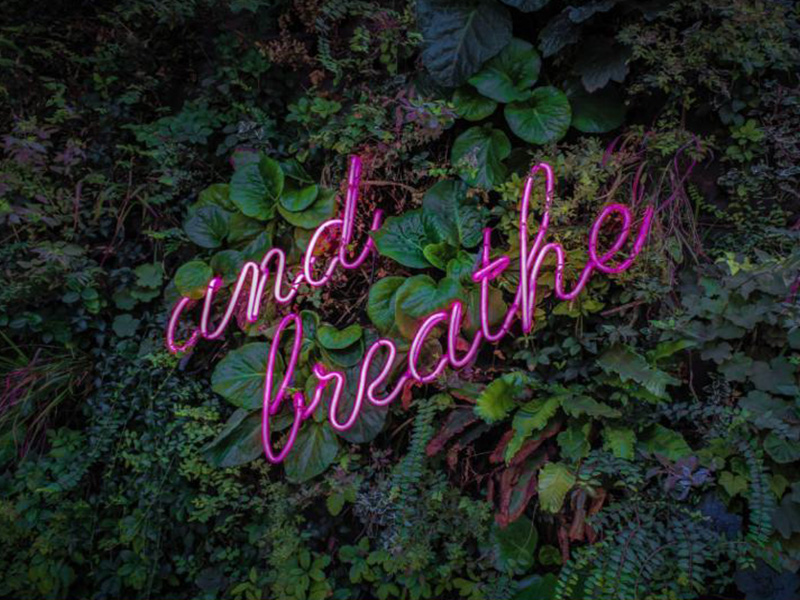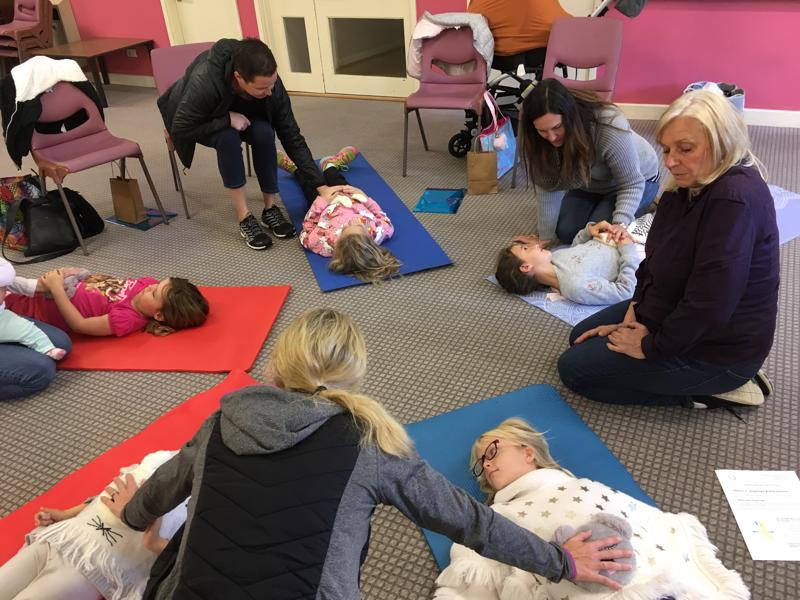How stress and mental/emotional overload affects breathing
Our thoughts, feelings and the activation of our bodies stress response influences how we breathe [1-3]. Sometimes people who are overwhelmed by physical, mental and emotional stresses develop different forms of dysfunctional breathing such as hyperventilation and breathing pattern disorders.
Our breathing is partly automatic and partly voluntary. The automatic part of our breathing responds to signals from many sources including our brain and nervous system. If our brain and nervous system perceives we are under (physical or psychological) threat, these involuntary automatic processes stimulate our breathing in preparation for imminent fight or flight.
Usually our breathing normalises when our nervous system returns to a more balanced and relaxed state. However breathing can stay overstimulated and breathing regulation can become disrupted if the fight and flight response is over activated, activated too frequently or if the body has lost the knack of dialling down the stress response.
When stress coping mechanisms are overwhelmed our habitual breathing can change so that we lose the ability to breathe appropriately for our level of activity, arousal or oxygen needs. Breathing muscles can become excessively tense and short. We might breathe irregularly, sighing frequently, feel excessively breathless or unable to take a proper deep or satisfying breath when we want it. Our carbon dioxide levels might become chronically low and we might always breathe just a little much for our body’s actual needs.
Breathing dysfunction can then be part of what perpetuates stress states. Correcting breathing dysfunction can be an important (often overlooked) part of the work that needs to be done to calm the stress response and re-balance the nervous system.



